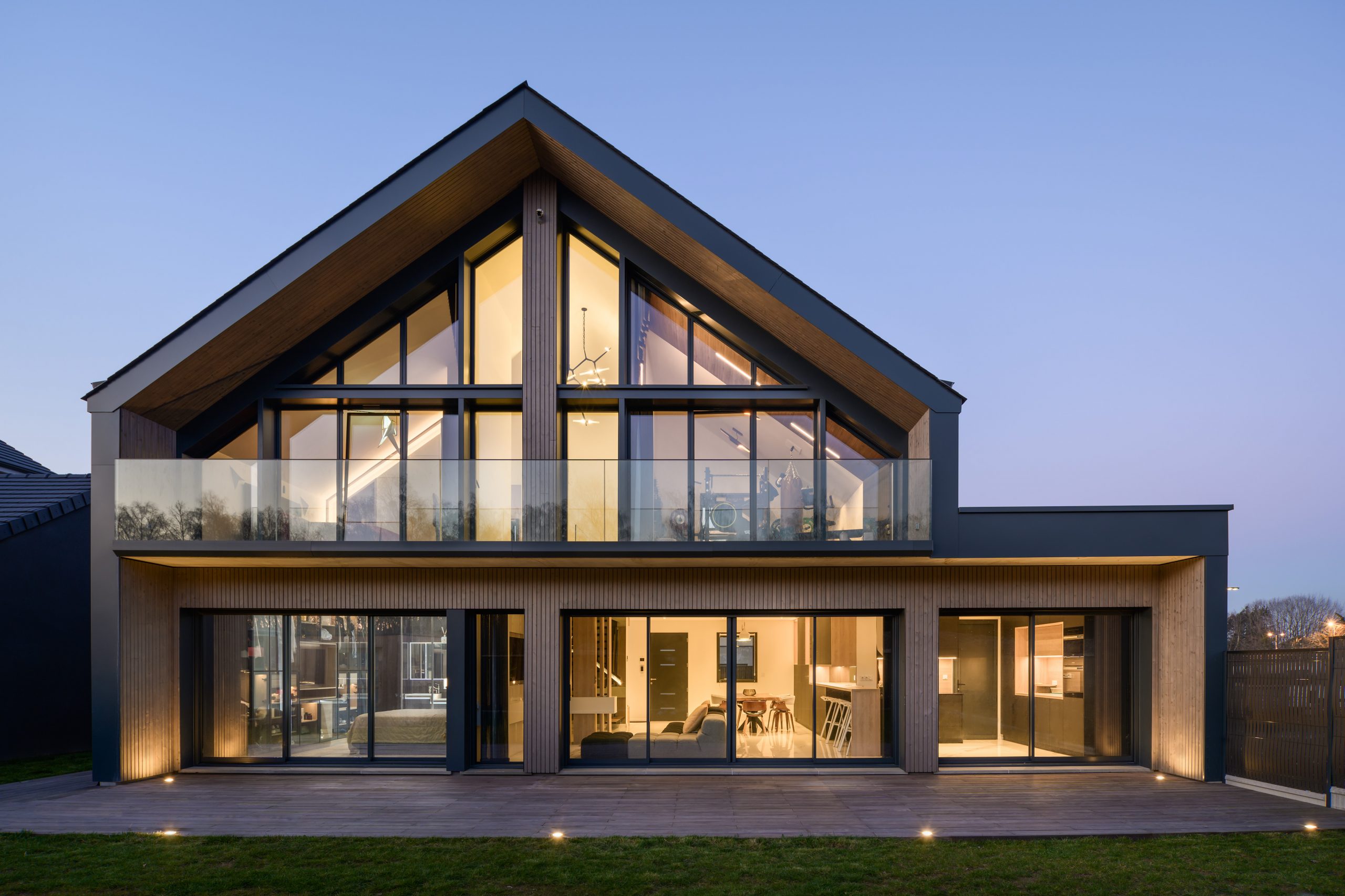Over the past few years, biophilic design has gained considerable traction in the area of home design and construction. By integrating natural elements into our living areas, we create settings that not only are aesthetically pleasing but also enhance our well-being. The idea is simple yet impactful: when we bring the natural world in, we enhance our overall health, making our living spaces not just residences but sanctuaries for restoration and inspiration.
As we look into the top interior design trends to watch this year, it becomes clear that the acceptance of nature is at the core. From using sustainable materials to incorporating advanced technology that supports environmentally friendly practices, homeowners are eager to create harmonious, nurturing environments. This article will guide you through creative interior design ideas that instantly upgrade any setting, as well as the importance of thoughtful construction practices that ensure a greener home. Whether you are considering a remodel or simply looking for inspiration, comprehending how biophilic design can revitalize your living space is important to creating a healthier home.
Leading Interior Design Trends
This year, biophilic design is at the vanguard, emphasizing a profound connection between inside spaces and the outdoor world. By adding elements like indoor plants, daylight light, and natural materials, homeowners are creating fresher environments. This trend not only enhances aesthetic appeal but also promotes wellness, making our living spaces feel more peaceful and serene.
Another major trend is the growth of multi-functional spaces. As homes adapt to the evolving needs of households and remote workers, designs that optimize utility without sacrificing style are gaining momentum. Creating versatile areas that can serve various purposes, like a guest room that also functions as an office, allows for efficient use of space, especially in smaller homes. This flexibility is key to modern interior design.

Lastly, color psychology is changing interior palettes. Designers are carefully selecting colors that evoke emotions and influence mood, with soothing hues like soft greens and blues becoming more popular. special info , warm tones are also making a resurgence, adding depth and warmth to interiors. As homeowners become more mindful of their environments, integrating color psychology into their design strategies is showing to create spaces that resonate on a deeper level.
Sustainable and Innovative Design Approaches
Incorporating sustainable design principles into your home not only boosts the visual appeal but also promotes environmental responsibility. Eco-friendly materials such as bamboo, reclaimed wood, and recycled metals are becoming popular in modern interiors. These materials not only cut down on waste but can also add individual character to your spaces. By opting for sustainable options, homeowners can create a healthier living environment while showcasing their commitment to the planet.
Smart technology is changing how we engage with our homes, smoothly integrating convenience with sustainable practices. By using smart thermostats, energy-efficient appliances, and advanced lighting systems, residents can significantly reduce their energy consumption. These technologies offer users the ability to monitor energy usage in real-time, modify settings for optimal efficiency, and ultimately lower utility bills. Smart homes not only provide convenience but also facilitate a more sustainable lifestyle.
The future of home design lies in the combination between style and sustainability. Focusing on energy-efficient construction techniques can lead to sustainable savings on energy costs while preserving a stunning aesthetic. Innovative design practices, such as passive solar heating and green roofs, can enhance both the usability and ecological footprint of a home. By prioritizing these sustainable and smart design solutions, homeowners can enjoy spaces that are as trendy as they are responsible.
Room-Specific Design Recommendations
As you designing a small space, maximizing functionality and maintaining style is important. Choose multifunctional furniture that offers both practicality and aesthetic appeal. For demonstration, a sofa bed can offer seating during the day and turn into a sleeping area at night. Opting for light colors and mirrors can create an illusion of a larger space, utilizing natural light and making the room feel airy and open.
The kitchen is typically the heart of the home, and achieving a perfect design needs careful thought. Focus on layout efficiency with a thoughtfully designed work triangle between the stove, sink, and refrigerator. Use durable and visually appealing materials like quartz countertops and open shelving to showcase beautiful dishes. Don't forget about smart technology; integrating features like a smart fridge can enhance the aspects of energy efficiency.
Bathrooms are private spaces that can greatly benefit from thoughtful design elements. Luxury fixtures such as freestanding tubs or rainfall showerheads can elevate the overall experience. Employing natural materials like wood and stone can enhance the feeling of relaxation and tranquility. Moreover, consider innovative storage solutions that maintain the space organized while maintaining a clean, stylish look, ensuring your bathroom remains both functional and inviting.
